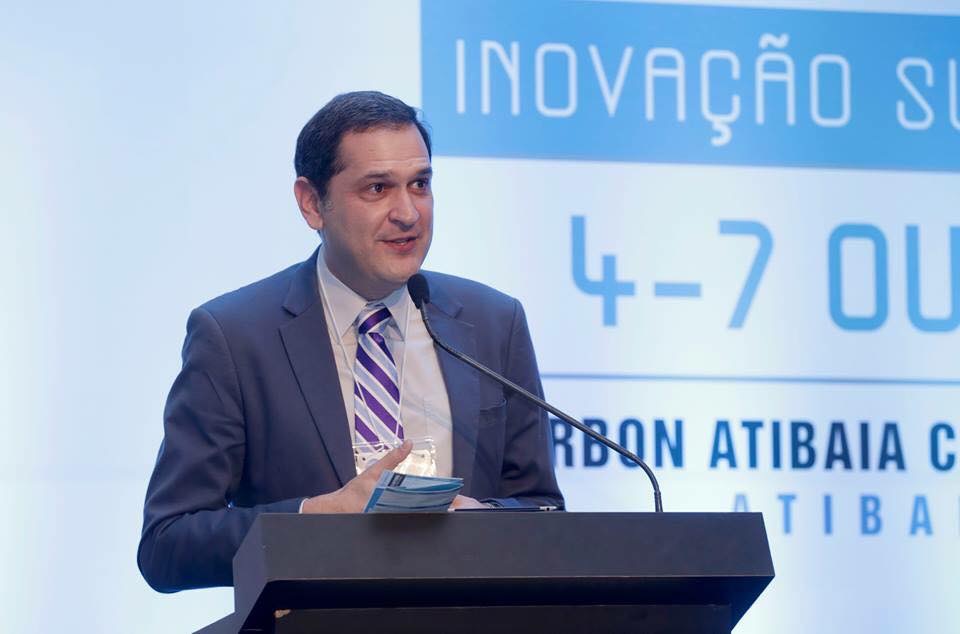
Long-term outcomes and predictors of graft function in living-donor preemptive kidney transplants
Bruna C Beraldo1, Lúcio Requião-Moura1,2, Melissa G Tavares2, Renato D Foresto1,2, Helio Tedesco-Silva1,2, José Medina-Pestana1,2.
1Nephrology Division, Universidade Federal de São Paulo, São Paulo, Brazil; 2Hospital do Rim, Fundação Oswaldo Ramos, São Paulo, Brazil
Background: Beyond the new strategies for dialysis treatment, kidney transplantation has already been associated with better outcomes for patients with advanced kidney chronic disease (CKD), and a preemptive kidney transplant seems to be the preferred option for those patients. Thus, this study purposed to evaluate predictors of long-term graft function and unfavorable outcomes in living-donor preemptive kidney transplant recipients.
Methods: Single-center cohort study enrolled 222 living-donor preemptive kidney transplant recipients transplanted between 2011 and 2016 and followed up to 2021. Five-year graft function was estimated by CKD-Epi (5-year-eGFR). The primary outcome was composed of death, graft loss, acute rejection, and 5-year-eGFR < 30 mL/min/1.73m2. The multivariable analysis for 5-year-eGFR was performed by linear regression and logistic regression for the primary outcome.
Results: Recipients were 40 (31; 48) years old, 59.9% were male, and 35.1% had CKD due to chronic glomerulonephritis. Donors were 48.5 (41.0; 55.2) years old, being most frequently siblings (50%) or parents (28/8%). One-third of patients received ATG as an induction strategy (30.2%), followed by Tacrolimus + azathioprine (59.5%) or cyclosporin + azathioprine (14.4%) or tacrolimus + mycophenolate (11.3%) as the maintenance immunosuppression. The overall incidence of acute rejection, graft loss, and death was 20.3%, 6.3%, and 0.5%, respectively. The median follow-up time was 88.9 months, and the median 5-year-eGFR was 54.7 mL/min. Sixty-five patients presented the primary outcome (29.2%), significantly associated with the HLA compatibility, not using induction therapy and CMV-related event. Compared with identical HLA matches, the OR was 6.81 for haploidentical (P=0.001) and 11.2 for distinct (P<0.001) HLA matches. In addition, the probability for the primary outcome was reduced by 81% (OR= 0.19, p<0.001) for patients who received ATG as induction therapy and 4-fold higher in those who had CMV-related events (OR=4.09; p=0.001). In the linear regression, the association with 5-yr-eGFR was less evident with HLA matches and AR than donor age. Thus, the identical HLA (B= +6.04; p=0.09) match and AR (B=-6.34; p=0.07) tend to be associated with 5-year-eGFR in the linear regression, while donor age (B= -0,69 per year old; p<0.001) presented a significant and inverse association.
Conclusion: In recipients of living-donor preemptive kidney transplants, the HLA matches, thymoglobulin induction therapy, and CMV-related events were predictors of composite outcomes of long-term death, graft loss, acute rejection, and low grade of graft function. In addition, only donor age was independently associated with long-term graft function.

right-click to download
